Terry Labbe is a High Master shooter from Alabama and is the proprietor of Magnus Bullets. He makes his way around the Southeast bullseye scene, shooting lights out wherever he goes. I met him at the 2016 GA State Shoot after calling and placing an order for his #801 (185 GR Button Nose) and #802 (200 GR SWC) cast bullets to be delivered at the shoot. From the phone call I thought he was a affable fellow; meeting him in person did not disappoint.
After playing around with other cast bullet providers, I thought it was incredibly short sighted on my part that I wasn’t supporting a guy one state over who shoots his own product- with excellent results. In my defense, I didn’t know about Magnus until visiting either the bullseye forum or the mailing list, so while I might be late to the party, I did finally arrive! I like supporting folks invested in their business, and the quality of Terry’s bullets speak for themselves.
Diameter:
Measurements taken were weight, length, and diameter (in that order). I found very quickly that I was unable to discern much diameter difference- it’s entirely possible that there is a difference that a micrometer could tell, but the calipers I was using all turned up measurements of .452 inch in diameter.
Length:
I had some outliers in my length measurements:
It is entirely possible that the outliers were due to faulty measuring on my part. I did find that, depending on how you rotate the bullet around its axis, you can find yourself coming up with different measurements; you should also be aware that the sprue on the bottom of the bullet can distort the length measurement.
I always choose the longest measurement by turning each bullet a quarter turn and then taking a measurement; whatever is the longest is the one recorded. I did not have to do much rounding up or down- most every measurement was right on or near a graduation. Nevertheless, it is entirely possible I introduced bias, though I took great pains to avoid doing so.
In general, however, the length of the 801s I measured were evenly distributed:
Another view of the same data:
Weight:
The weight recorded across the sample lot of 100 had a median value of 185.28 grains and a mean value of 185.26 grains. Finally- a manufacturer that actually meets specification instead of hiding material savings in process control!
To be fair to other manufacturers- I’m not making the claim that I can tell the difference between 184.4 grains and 185.5 grains; all I’m saying is that I’d like to get what is listed on the box most of the time.
Lastly, I hope that a pattern is becoming clear about the various manufacturing methods bullet crafters employ- we’ve seen a electroplated bullet, a cup and core bullet, and now cast. Last on the list is the swaged variety- any ideas what that data is going to look like? Stay tuned!
Relationship Between Weight vs Length:
A regression analysis indicates that there is a relationship between weight and length, which is fairly strong, though it would be better if Pearson’s coefficient was 65% or greater, instead of 50.4% that the data supports. That said, if I reran the analysis without the outliers, I’d probably see an increase that might approach 65%.
It’s also important to note that Pearson’s coefficient isn’t the only criteria by which any bullet in particular, and this variety specifically, should be measured or critiqued.
A strong relationship between length and weight, especially when diameter is constrained, is what passes the sniff test here. If there wasn’t such a relationship, you’d naturally wonder what was causing such variation- no such wondering is needed here.
Conclusion:
I’ve shot a couple thousand of these and can’t say enough good things about them. Terry has shot 2658 with his lead bullets, so I should think they’d be good enough for anybody!
While bullet technology has advanced, using electroplating as an example, it still stands to reason that a cast bullet, made properly, will get the job done- and in this case, your money is supporting someone who supports the sport- how can you beat that?
Measurement Tools:
Brown & Sharpe Dial Micrometer/Frankford Arsenal DS-750 Scale
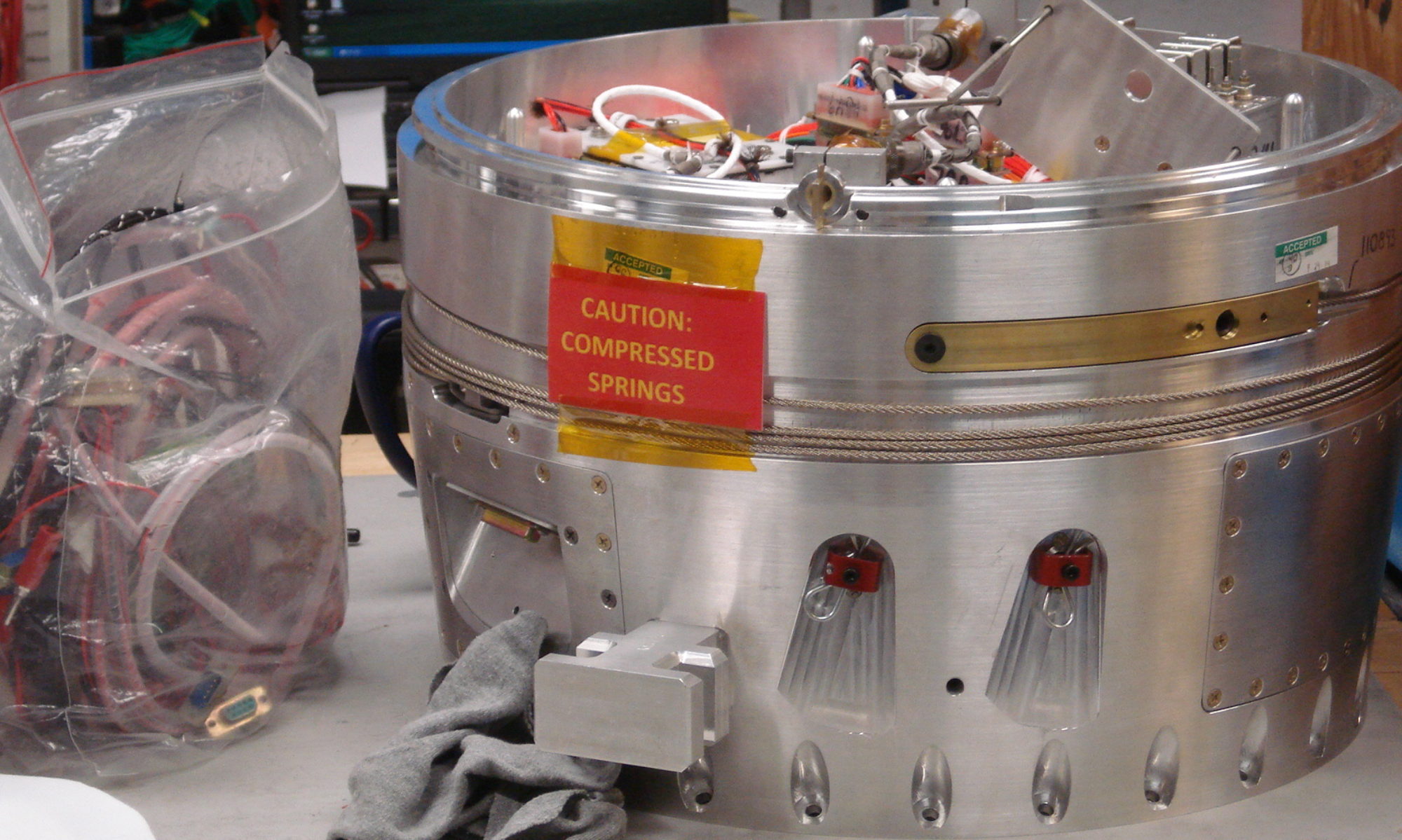
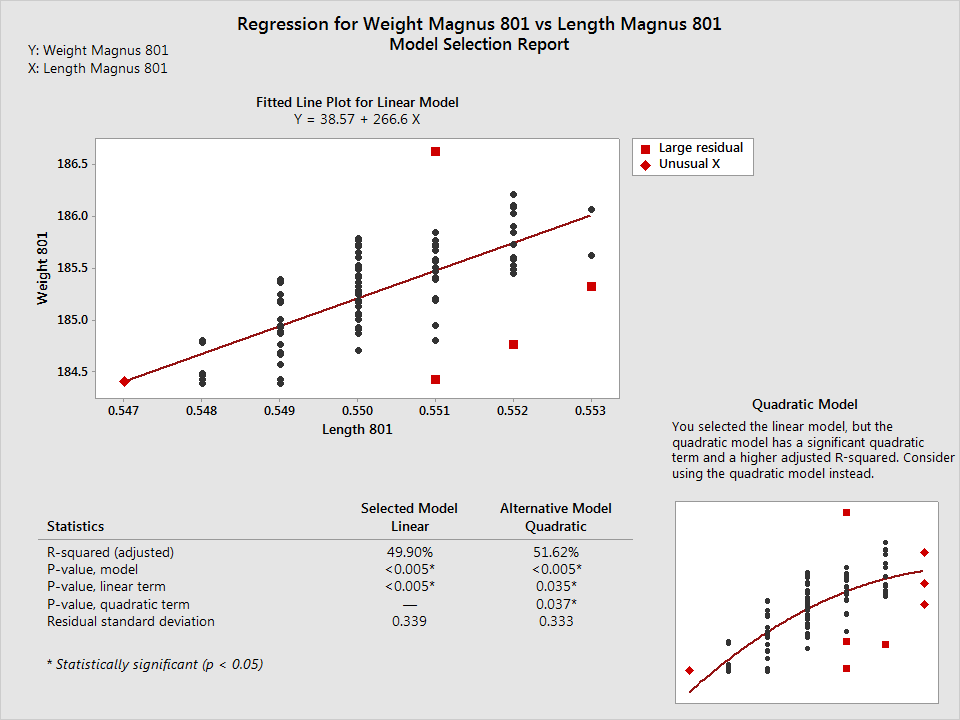
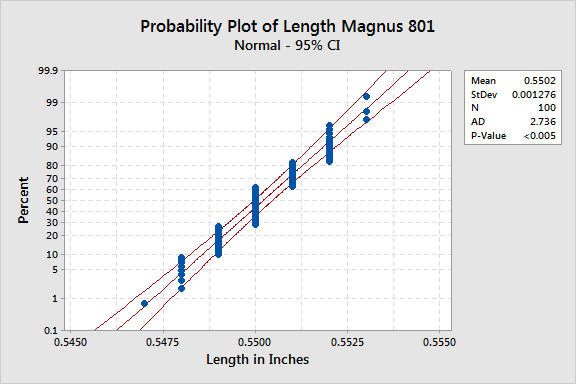
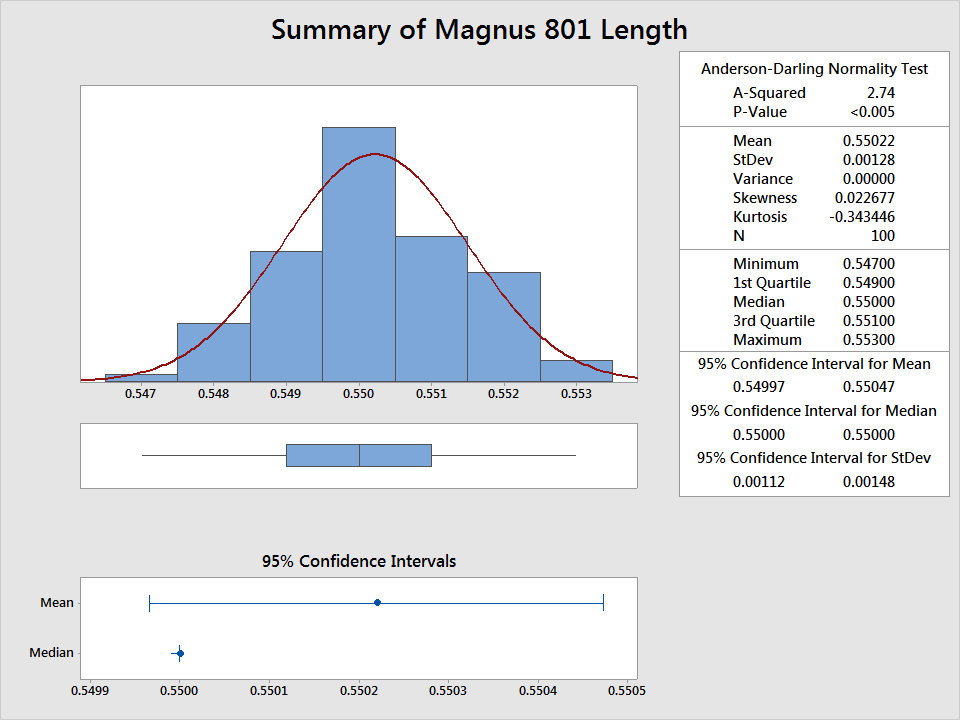
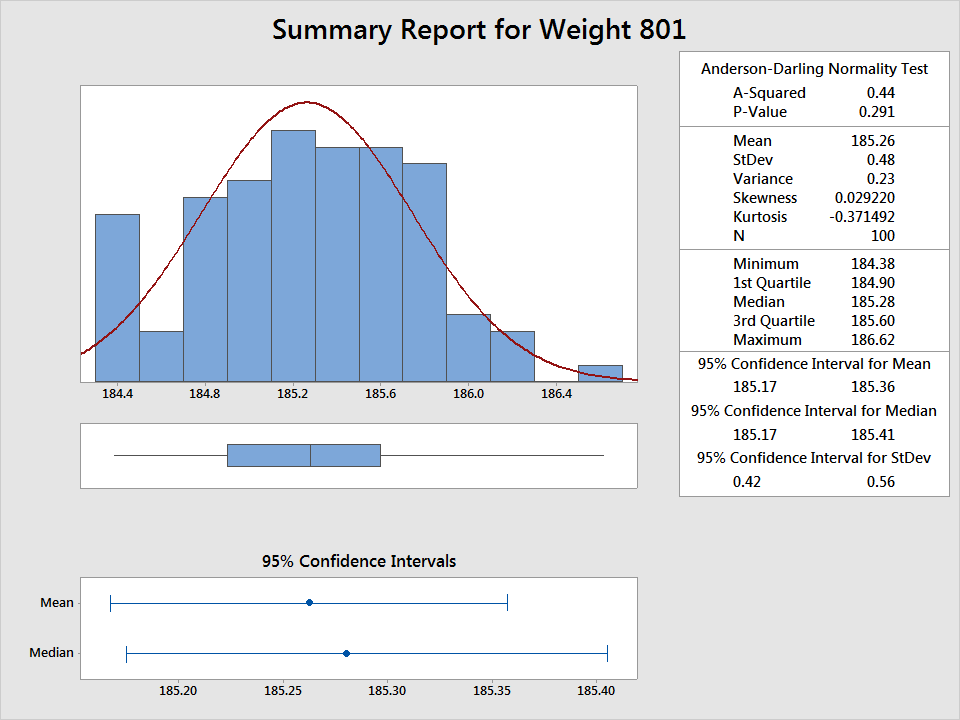
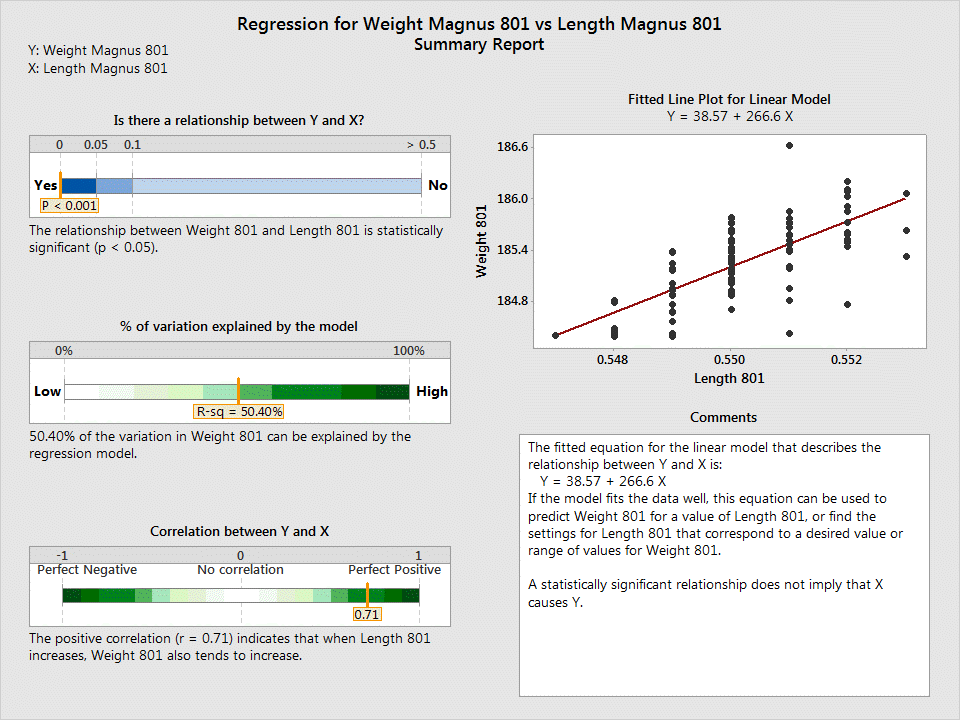
Thank you Chase!! Very well done. Look forward to future analysis from you. Brad